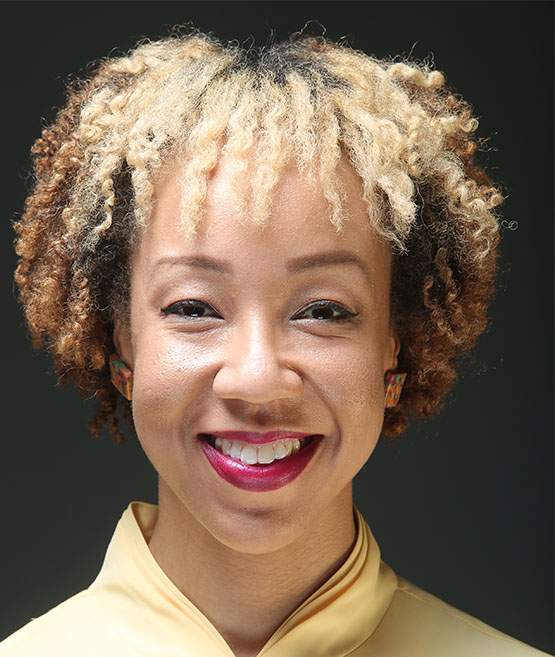
by Stephen Rice | Feb 12, 2016 | Uncategorized
While in college, Raegan Johnson’s mom started dialysis, but Raegan didn’t really know what it all meant. She knew her mom had lost a lot of weight, and that she was receiving treatment, but Raegan didn’t make the connection that her kidneys were failing. Her mom was very reluctant to ask a loved one to become her donor and had refused an offer from Raegan’s aunt. At age 24, Raegan’s older brother learned from his doctor that excess proteins had been found in his urine. He had been diagnosed with the disease too.
Fast forward six years. Raegan was preparing for graduate school when her brother, Reggie broke the news. His kidneys were failing. Reggie relayed his options: dialysis, transplant from a diseased donor, or the possibility of finding a living donor. His doctor had encouraged him to try to find a donor before resorting to dialysis, but it was tough for a big brother to ask his little sister to do something so selfless. Reggie’s mom helped broach the subject and Raegan agreed to be his donor – but she had to first consider her own health. “In college, I was very overweight. The first question was whether I’d be healthy enough to do it,” said Raegan.
She had work to do. She needed to get her blood pressure down and lose some weight. She lost 5 lbs., got her blood pressure into the acceptable range, and was declared eligible to donate. Some of those around her were apprehensive, and expressed concerns about the potential outcome of the surgery. “Maybe I was naïve, but I wasn’t too worried because I knew I was doing the right thing. Once I’d made up my mind, I was focused.” Raegan adds that her Christian faith also increased her confidence in her decision – in turn reducing her fears of the worst. “If this is how I was meant to go, then I would go having done the right thing,” she concluded.
Asked about how she felt post-surgery, Raegan’s response was immediate. “It was painful. I hadn’t had children, not even a broken bone. I’d never experienced major pain. It was more shocking than anything.” Her recovery time lasted 6-8 weeks.
Despite the discomfort and initial pain of surgery, her experience continues to be satisfying. “It’s the gift that keeps on giving, seeing my brother thrive and being the husband, the father, and the Christian man that he is. It’s a gift to see him do so well.”
Raegan’s donation also kicked off a journey for her to become a healthier person. “Because I didn’t have much of an appetite, I lost 10 lbs right after surgery. But it was such a blessing for me. I started exercising, making better food choices, and I began to see results.” Her journey has also involved becoming an advocate for kidney disease prevention, especially within the African-American community. She serves as a peer mentor for the National Kidney Foundation and her advice always includes a message to get tested. “We focus on breast cancer, which is important, but kidney disease primarily affects African Americans. Nearly 1 in 3 kidney failure patients living in the United States is African American. My message encourages individuals to get their kidneys tested and watch their diets.” Her advice to potential donors is to focus on making sure that each is in a good position to be a donor. “It’s not just about the recipient’s health. As a donor, your health should also be a priority.”
Twelve years after her surgery, her family is doing great. She’s lost a total of 60 lbs, and continues to lead a healthy lifestyle. Reggie is healthy and is off most of his medications. As for Mom? “After our surgery, my Mom reconsidered my aunt’s offer and was transplanted in 2006.”
This story just keeps getting better.
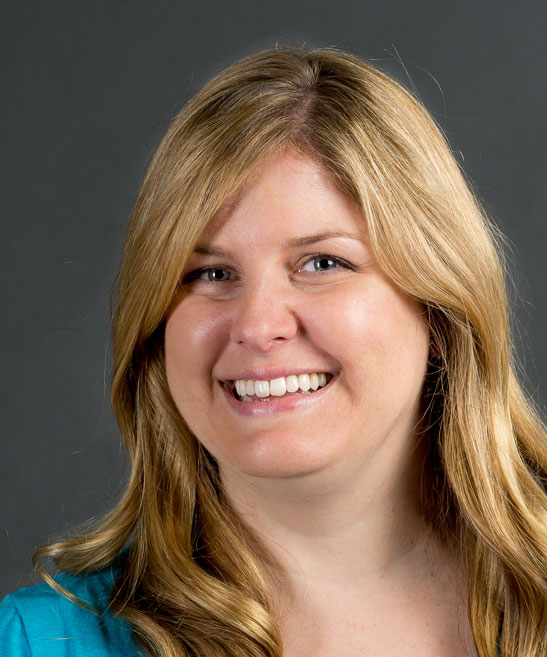
by Stephen Rice | Feb 10, 2016 | blog
Rori Block donated a kidney to her Dad in 2012. When asked what motivated her to do it, her answer was pretty straightforward: “He’s my Dad!” His kidneys had been declining for over twelve years. A handful of family and friends, including Rori and her brother were tested and she was the match.
She had a lot of questions for the transplant team during the first couple of meetings. She asked about life expectancy, whether she’d need to change her lifestyle, and whether she’d be able to have kids. “My fiancée and I love craft beer – would I still be able to drink beer?” she said laughing. The only deal breaker was the ability to start a family later on. “Once I found out that I would have the ability to have kids, I was relieved.”
Leading up to the surgery, Rori was nervous – not so much for herself, but that the transplant wouldn’t be successful. “That would have been devastating,” she said. The lead up to surgery was unique in the case of Rori and her dad. She’d been evaluated and approved to donate in 2010, but her Dad’s kidney function stabilized for a couple years and she felt a bit on-call for about two years. In early 2012, his kidney function started a sudden decline, and around April, his nephrologist said it was transplant time. In an effort to avoid dialysis, surgery was scheduled for June.
Post-surgery, Rori was up and walking around later the same day. She was super happy to see her dad. “The color in his face had changed,” she recalls. The next day was harder. She doesn’t do well on pain medication and she was in pain, especially around her stomach muscles where the incision has been made. Her operation took place on a Wednesday and she checked out of the hospital on Friday. She stayed with her Mom until she could take care of herself. Then she moved in with her Dad so that they could recover together. “Within a couple of weeks we were out to lunch, running errands and out doing things.”
Rori was off of work for 6-8 weeks. She felt tired her first week back and decided to take a break from her normal exercise routine for a while. Now, she feels normal. “Many days I forget. But I’m more careful now about certain things. I drink more water and if I’m not feeling well, I get to the doctor faster – just more careful.”
Her advice to potential donors? “You should do it! It’s seriously the best gift that you can give somebody. It’s so rewarding to see them so much better with so much more life in them because of you. It’s an amazing feeling.” She adds some advice for patients. “Patients should be open to accepting a donated kidney. I’ve heard stories that parents wouldn’t let their kids be their donors, but they should! You aren’t ruining your kid’s life. Plus, living donor kidneys last longer for the recipient. That alone should be a deciding factor!”
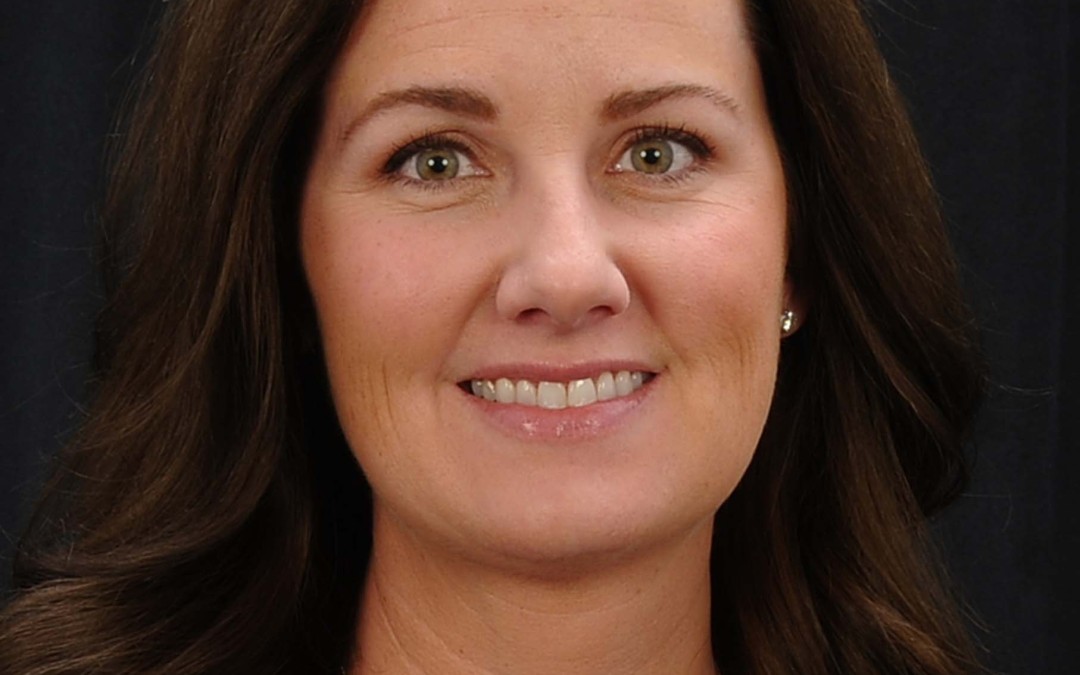
by Stephen Rice | Feb 5, 2016 | blog
Kelly Gatlin’s husband Joe has Alport Syndrome, a genetic disease that he has had his entire life. They both knew that he would eventually need a new kidney. Joe had seen other family members with the disease languish on dialysis and he knew that he wanted to avoid it by getting a transplant as soon as his kidneys began to fail. He came home from an appointment one day and told Kelly, “it’s time.” Many family members also had the same disease, but Kelly was healthy. With the universal blood type ‘O’, she knew she would probably be a good candidate and started the process to save her husband’s life.
Evaluation results confirmed that she was eligible, but not a perfect match. In order to give her husband the best kidney possible, they decided to do a paired exchange, choosing a well-respected center in the nearby state of California.
Logistics and finances were a challenge. The coordinator at her local hospital lacked transplant expertise as did Joe’s local kidney doctor, which meant Kelly had to be a very determined self-advocate to get the process going. They traveled to California at different times for testing. Her travel costs were not covered by insurance and a 15-month old baby at home added to the stress. “I dealt with the situation by “making things happen,” said Kelly. “It was a huge task to take on. I had to be super persistent.”
Six months after starting the process, transplant day arrived in the summer of 2012. Joe’s kidney came from a 20-something male in Ohio. Kelly’s went to a 2-year old girl in New York. Joe was in the hospital for 5 days. “I was out in one,” said Kelly. “I guess I was showing off a bit. I got up out of bed the morning after surgery. I’d previously had a C-section and they used that incision to take the kidney out. The surgery pain was about the same as the childbirth. I felt a bit tired and the tiredness lingered for 3-4 weeks.”
Despite some discomfort, the most satisfying aspect of donating has been seeing that her husband is healthy. “We have a normal life. He didn’t have to deteriorate. I also found my recipient’s parents online and now I get to see pictures of the little girl as she grows. They moved to the U.S. from Singapore to save their child. We do what we need to do to take care of the people we love.”
Her advice to potential donors is three-fold:
“Don’t be afraid. If you feel moved to do it, then do it; surround yourself with positive people who are supportive of your decision; and find someone who’s been through it who can provide support.”
And her advice to patients?
“You need to reach out to people. There are people in this world that have a burning desire to do something big. Give them the opportunity to give you a gift. Most people know the joy of having a child, but this was better. It’s a gift that someone can’t buy. It’s a gift that they can’t give themselves.”
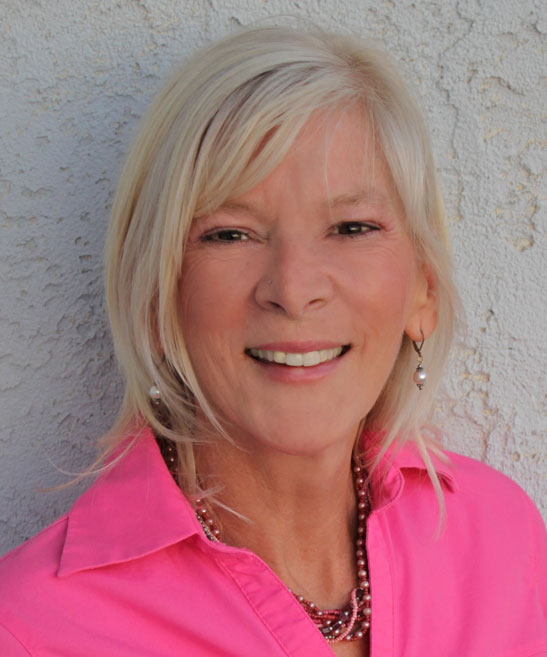
by Stephen Rice | Feb 2, 2016 | blog
Eldonna Edwards is a Good Samaritan donor whose donation story is told in the 2013 documentary film Perfect Strangers and in the book Lost in Transplantation: Memoir of an Unconventional Organ Donor. She initially learned about living kidney donation while having lunch with a community college classmate. “She was a beautiful, intelligent person who contributed a lot in class,” describes Eldonna. After several days of reflection, she decided to offer her kidney to the student. While the woman declined (Good Samaritan donation wasn’t allowed at her transplant center at the time), the experience had been transformative. Eldonna sought out others in need online and found Kathy – a hospice nurse with a family including a young grandchild. They felt an immediate connection to one another but their kidneys weren’t compatible. Not wanting to give up, the transplant coordinator suggested they try a paired donation. For three years with many ups and downs, the two waited for another matching pair. Unfortunately, Kathy was among a group of very difficult-to-match patients.
Eldonna wasn’t ready to let go of her plan to be a living donor. She informed her transplant center that she would donate to whomever was at the top of the waiting list. Her kidney went to a man in his 50s in New Jersey whose wife’s kidney in turn went to a patient in Chicago. “I started a chain but I’m not sure how many were involved,” said Eldonna.
Eldonna went into surgery on a Thursday and was home by Sunday. By day 8, she managed pain with Tylenol only. After 3 weeks, she was back to work. As a self-employed massage therapist, she was not eligible for short term disability and she couldn’t afford to take off any longer. Friends were kind enough to collect $1,000 to offset her lost wages.
Eldonna had set out to give a kidney to Kathy (who was eventually matched with a deceased donor). Her kidney ended up going to a person with values very different than her own, but she considers this a minor detail. “This was a personal decision that I wanted to do. It’s just who I am. Donating my kidney helped me to have a greater understanding of the world as a community outside of myself and my immediate surroundings. Sometimes we don’t fully understand the things we’re taught as a child until we have a life changing moment. Being able to love outside of oneself is huge.”
Eldonna now devotes much of her time to advocating for living donation. She offers advice to both potential donors and patients. For donors, Eldonna says, “choose your hospital wisely. You need to feel comfortable with the transplant coordinator. You should feel valued. Make sure they are good communicators who care about you – the donor.” As for advice to patients, Eldonna asks, “Be an extraordinary steward of your new kidney so that you can become a light on the path of those still waiting.” She adds, “You don’t owe your donor anything. I thought I was going to change someone’s life, but I ended up changing my own.”
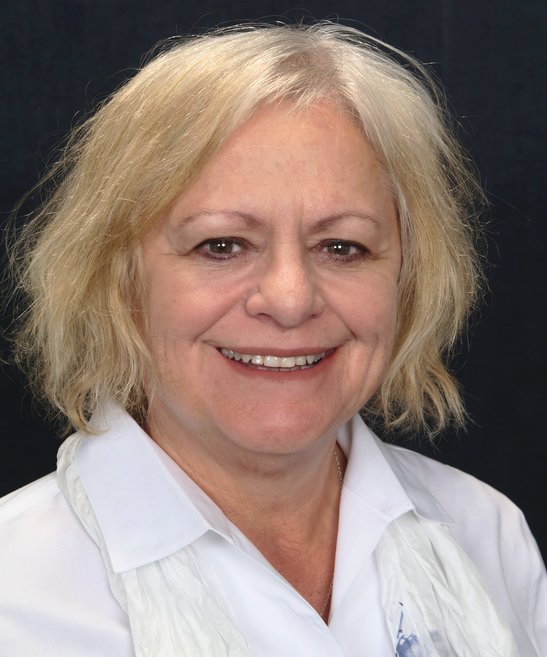
by Stephen Rice | Jan 28, 2016 | Uncategorized
Diabetes runs in Jill Laker’s family. Her older sister developed type 1 diabetes during her second pregnancy. She managed it well, but stress and other health issues eventually led to kidney failure. Her sister started peritoneal home dialysis and after a three-year wait, she received a new kidney from a deceased donor. At the time, Jill had offered to be tested, but her sister adamantly declined. It was 1993 and living donation wasn’t as mainstream as it is today. The new kidney lasted 9 years. Jill’s sister was back on dialysis – this time hemodialysis three times-a-week at a clinic. Jill offered to be tested again, and her sister again declined.
Jill would sometimes accompany her sister to the dialysis center. She saw first-hand how difficult it was. She continued the conversation about living donation and finally her sister agreed to accept the offer if they were a match.
Both Jill and her brother decided to be tested for compatibility, and both were matches! Life circumstances were better for Jill at the time – her children were grown adults, while her brother and wife were raising their young grandson. It made sense that she become her sister’s living donor. “Family is the most important thing to me,” says Jill. “So it wasn’t a hard decision.”
Leading up to the surgery, Jill admits that she was afraid. And the health evaluation produced a lot of anxiety. At each step in the testing process, she thought to herself, “what if they find something wrong with me? What if I find out I have diabetes? What if I don’t have two kidneys?” She pushed back against this self-talk by spending time online looking for information. “It was calming. I felt reassured that everything was going to be fine.”
While the overwhelming majority of nephrectomies are now performed using the less-invasive laparoscopic technique, Jill’s surgery took place in 2003 when the open nephrectomy procedure was still in regular use. A large six-inch incision was made in order to remove her kidney, making her recovery time longer and more painful. The first couple of weeks were very tough, and pain management was difficult. After about four weeks she started to feel good again. Jill, a Canadian living in Canada at the time, used sick time and was paid in full during her two-month leave from work. She also receives free follow-up testing every year, although she has to travel back North each year to receive it.
Twelve years after her surgery, Jill’s health remains fabulous. She has a little numbness in her back from the surgical incision, but nothing that is a bother to her. “Nothing has changed in my life because of having this surgery. My sister is also incredibly healthy. She’s lived to see her son get married and to know her grandchildren.” Asked what has been the most satisfying part of donating her kidney, Jill immediately responds, “Seeing my sister do so well. Seeing her energy come back, the glow to her skin. I’m a person who values family and [my sister] is still here today. That’s what it is all about.”
Based on her experience with her sister, Jill offers some wisdom to people with kidney failure who receive an offer from someone to be their donor. “Accept it. Give people a chance to do it. Talk to your family and be open and honest about what you are going through. If you can get a living donor, do it. You’ll live longer.”






Recent Comments